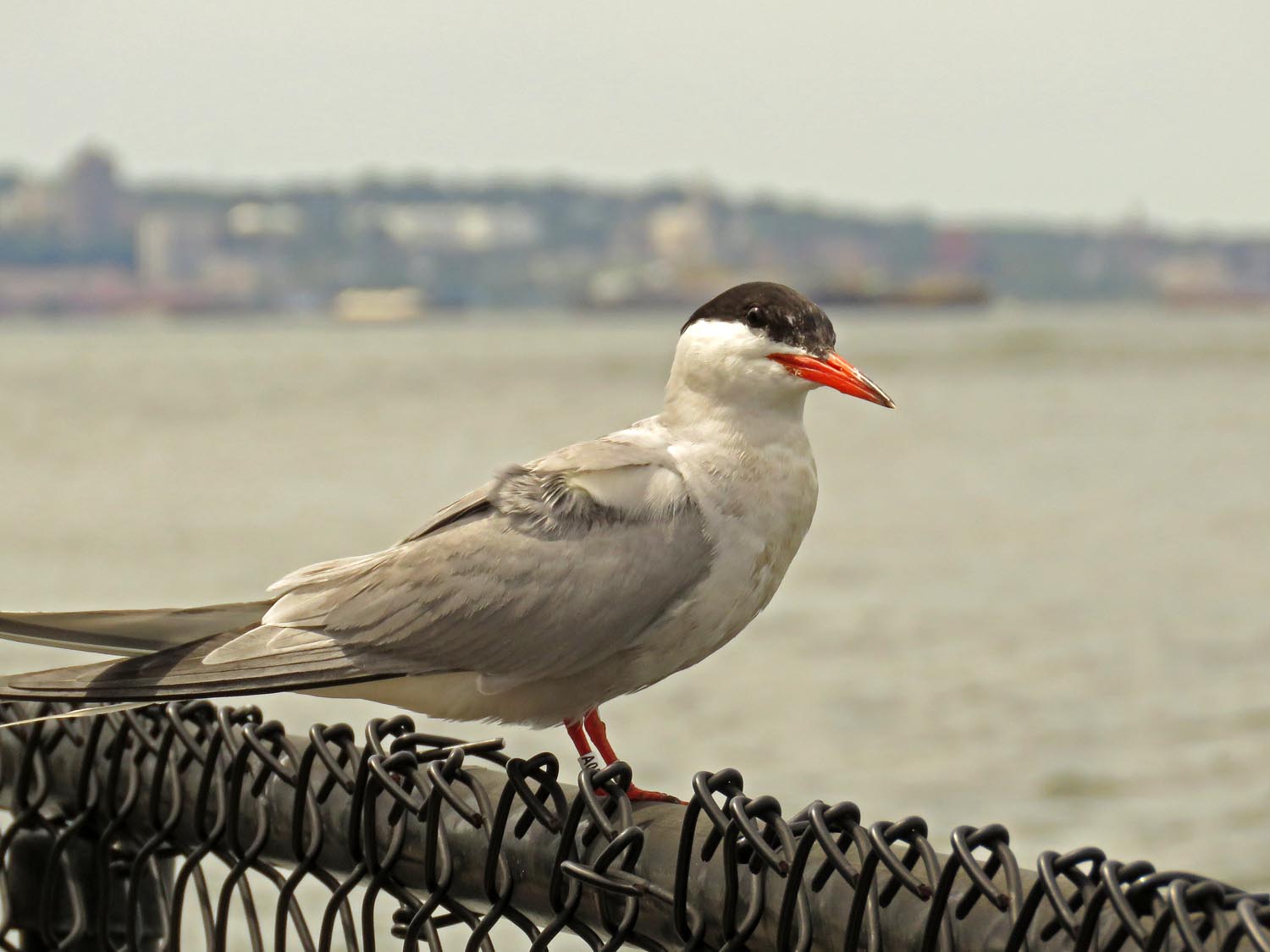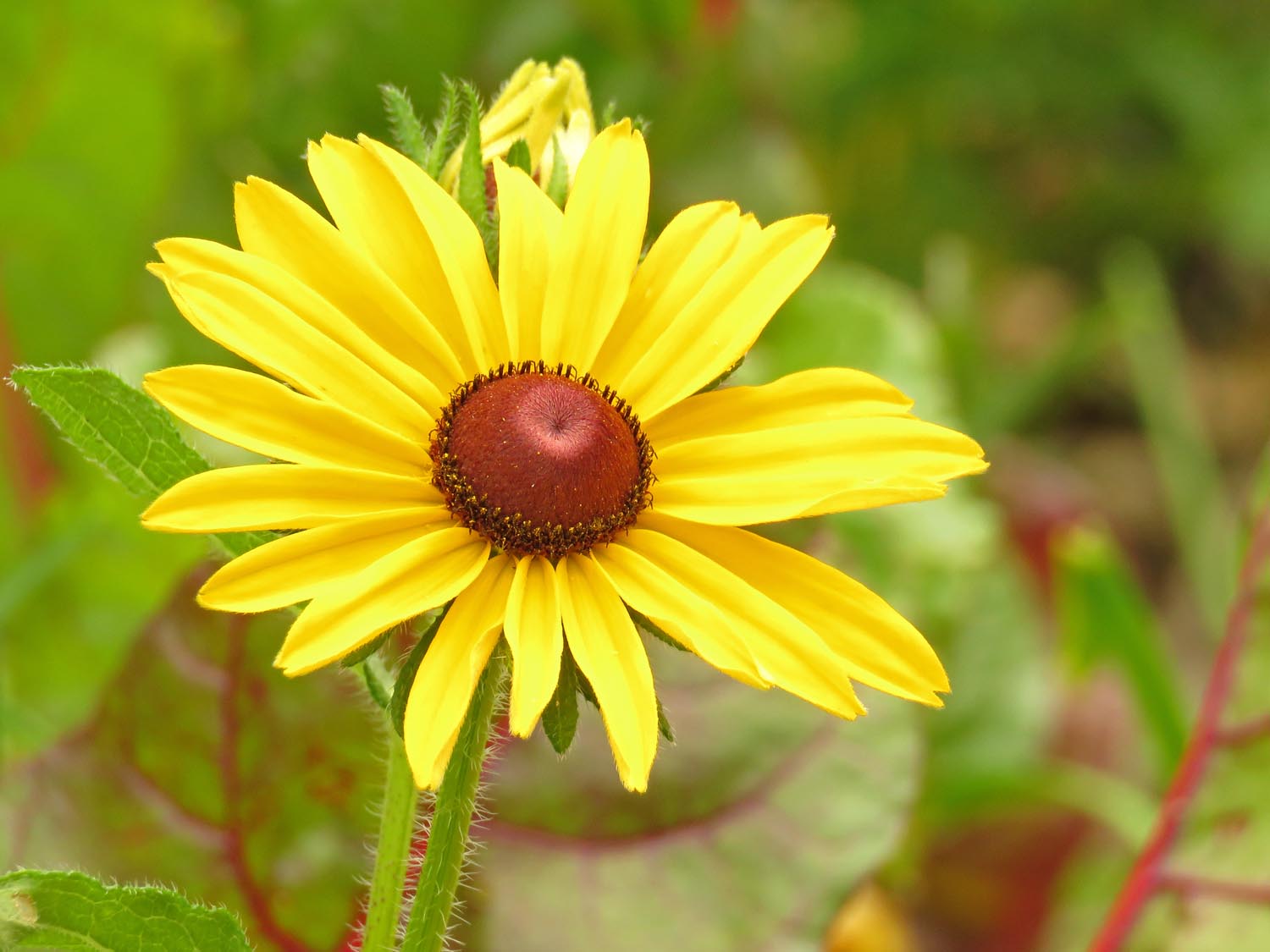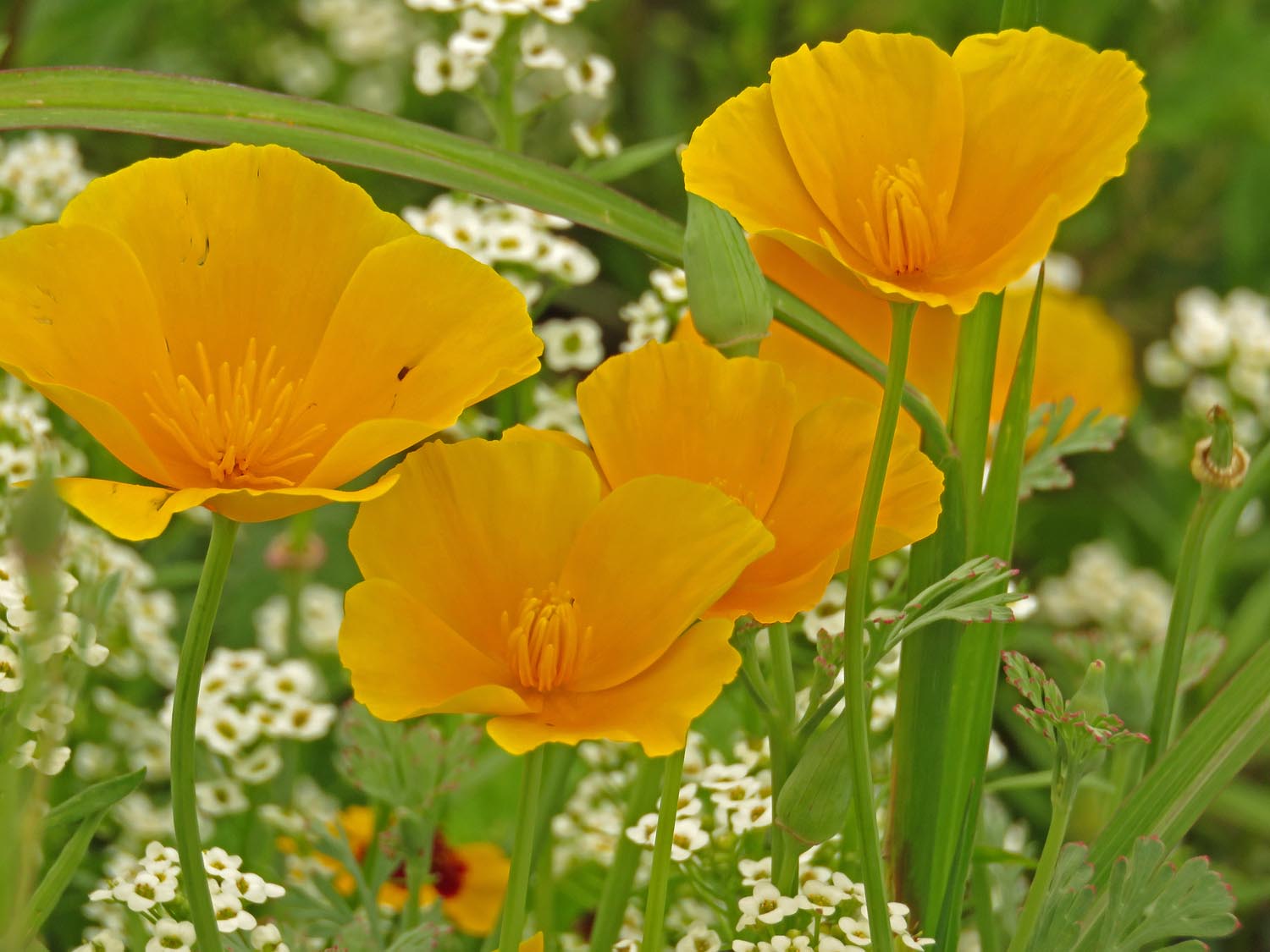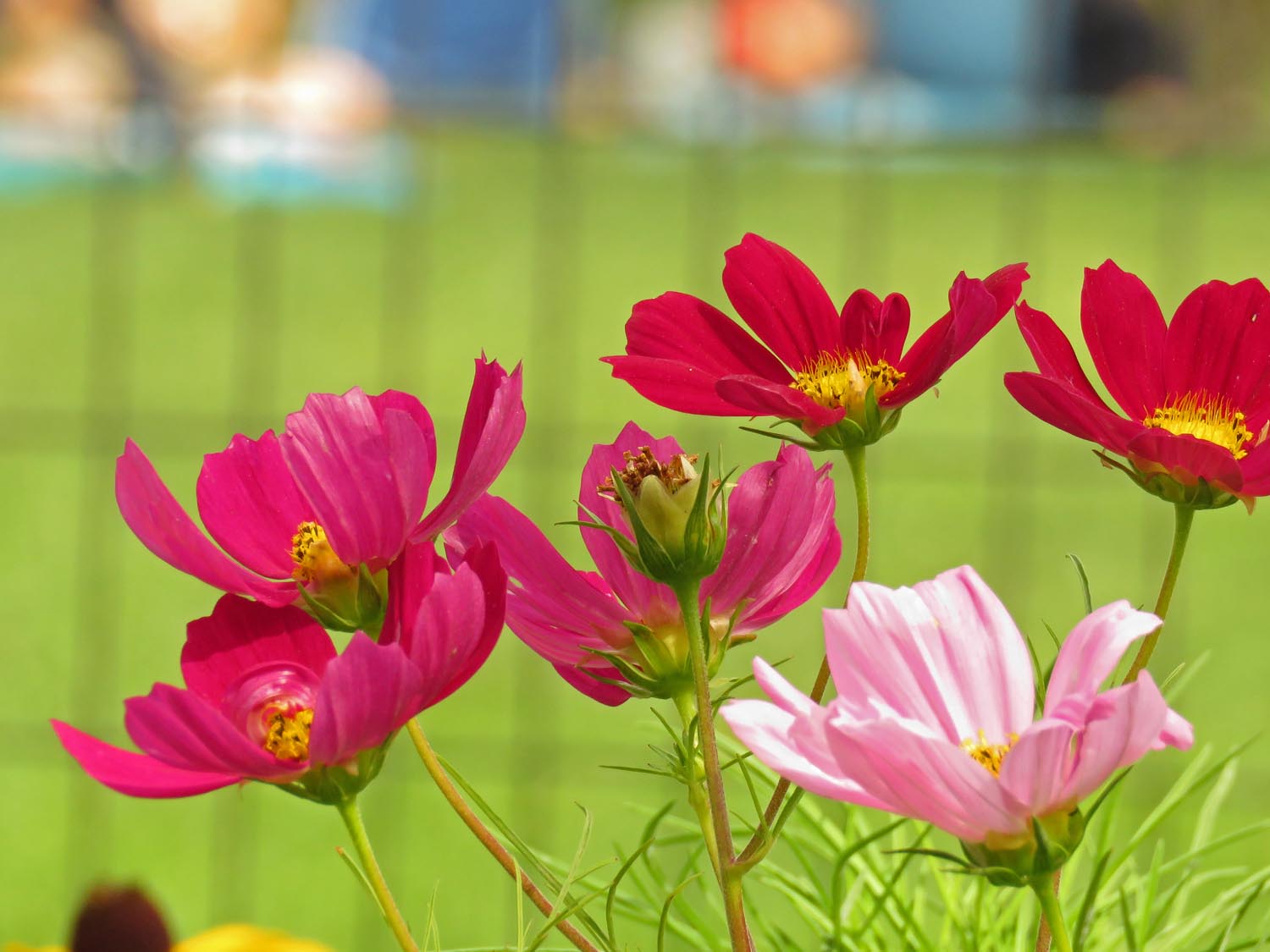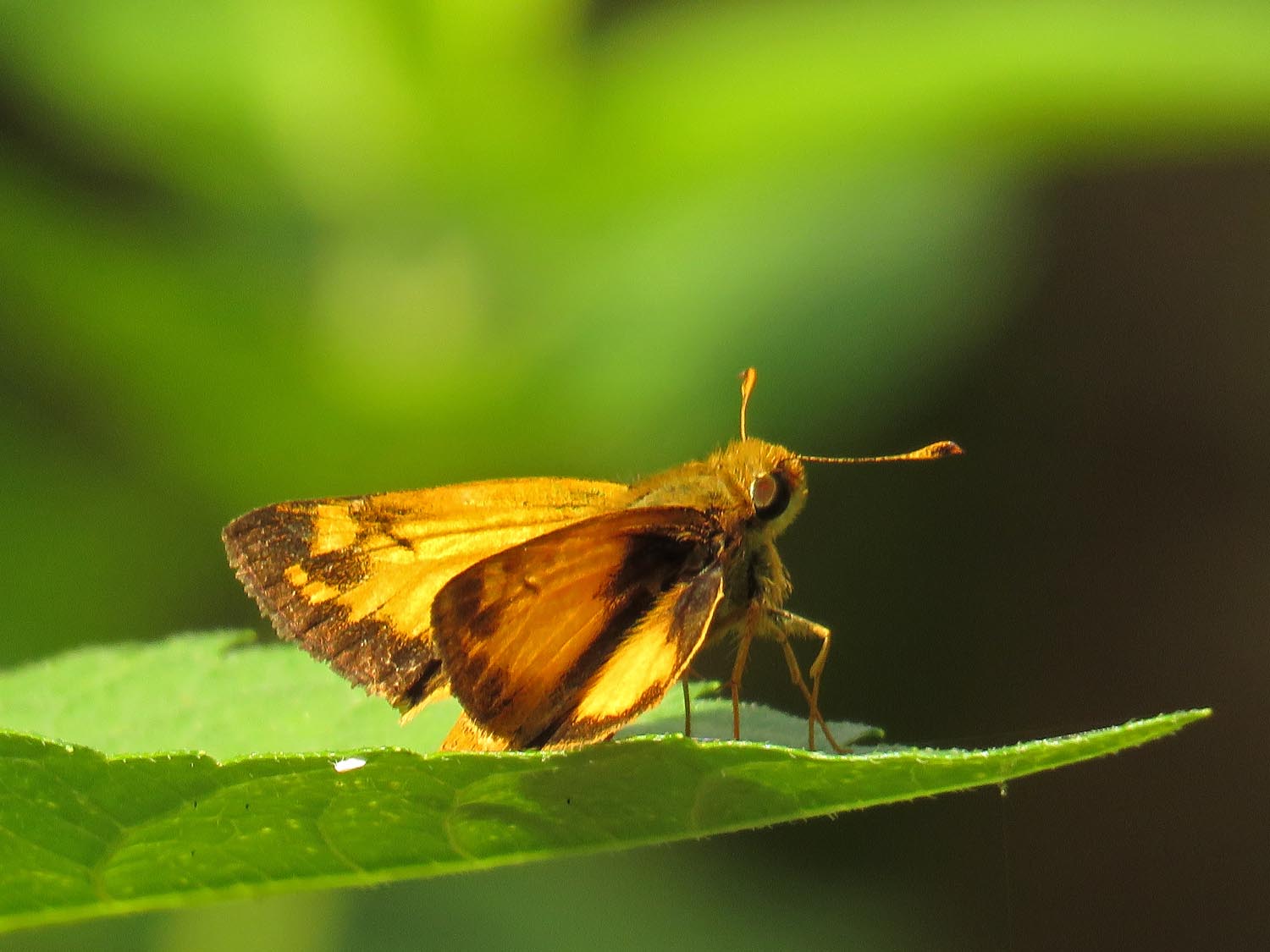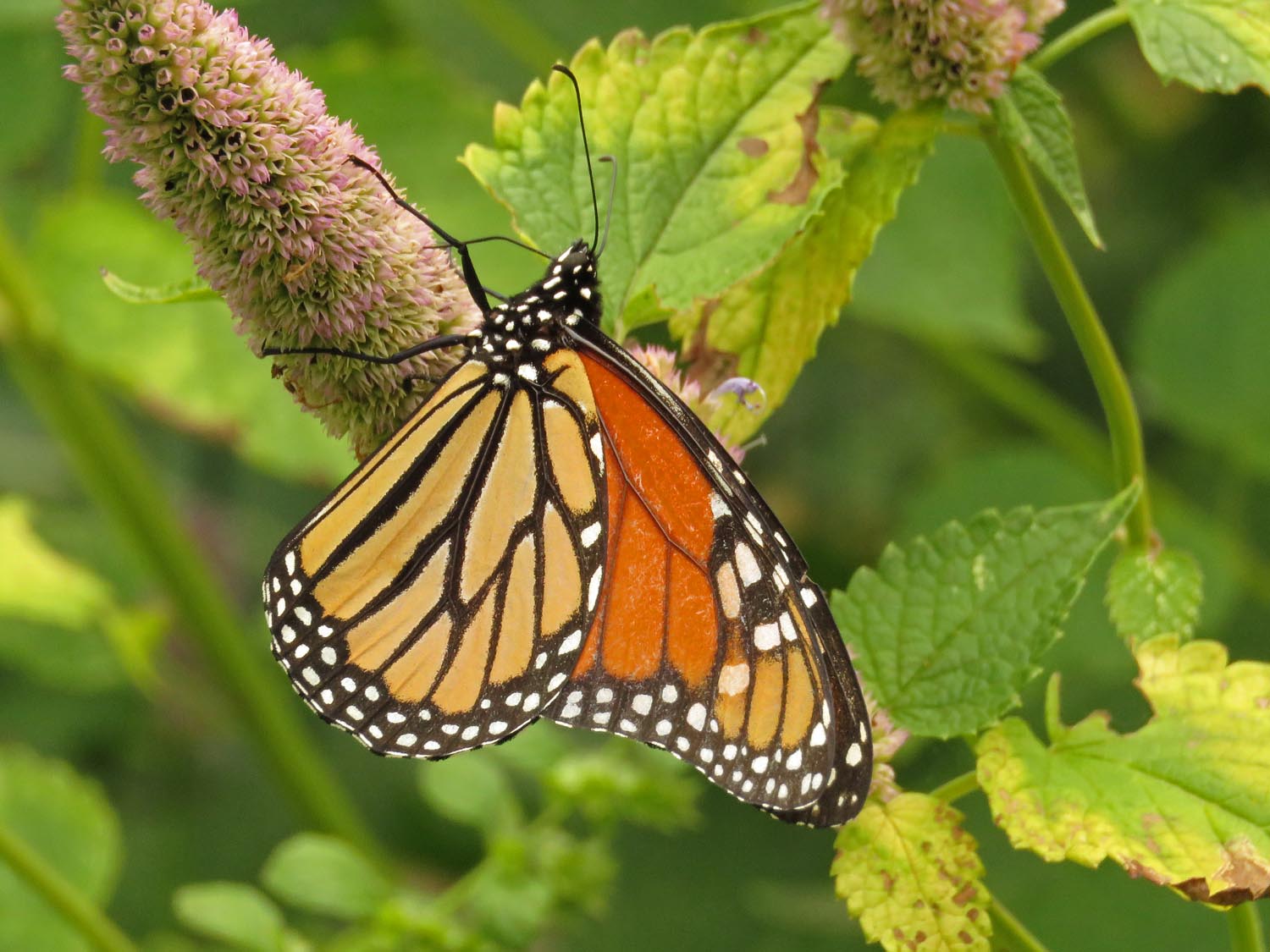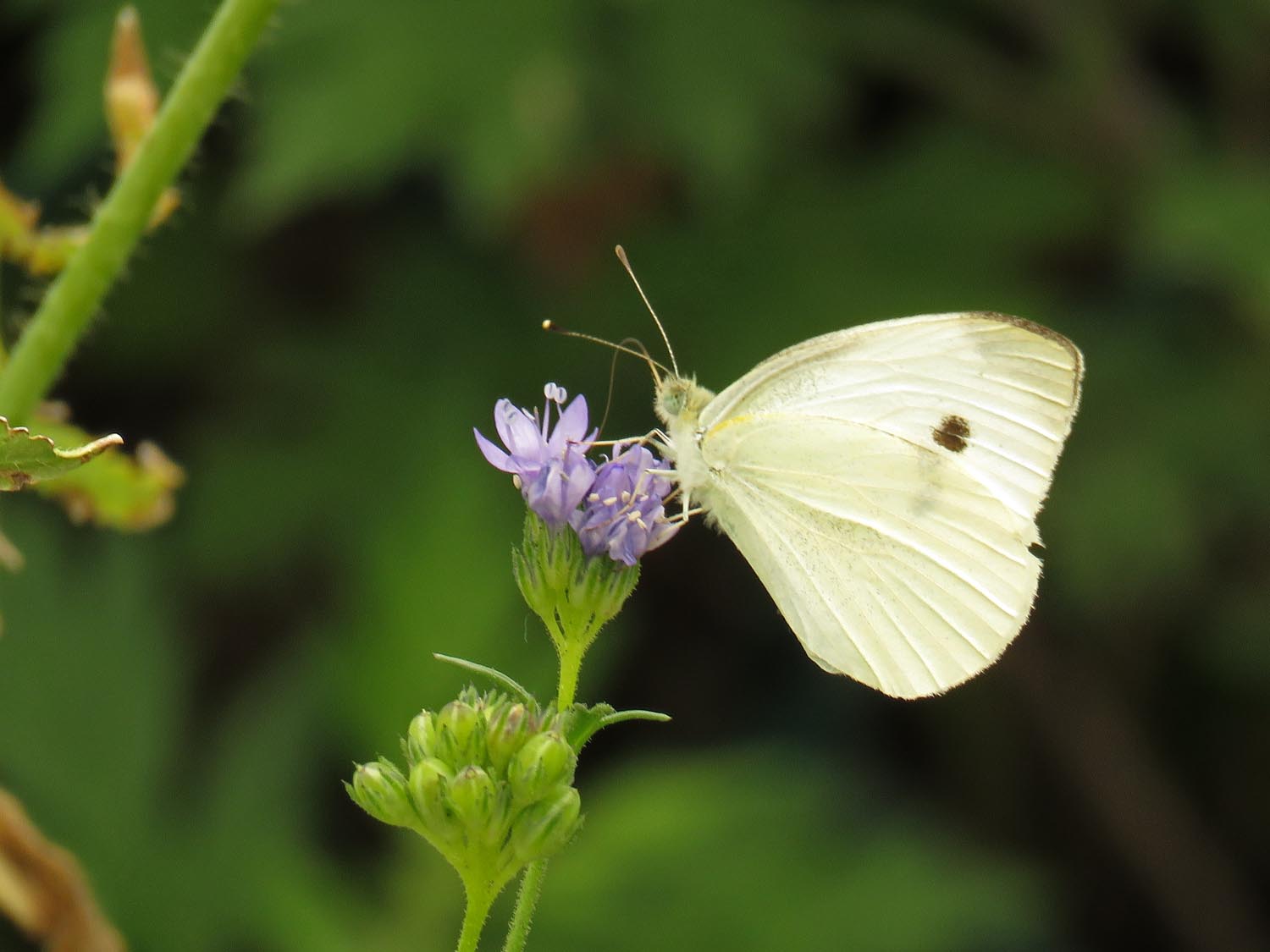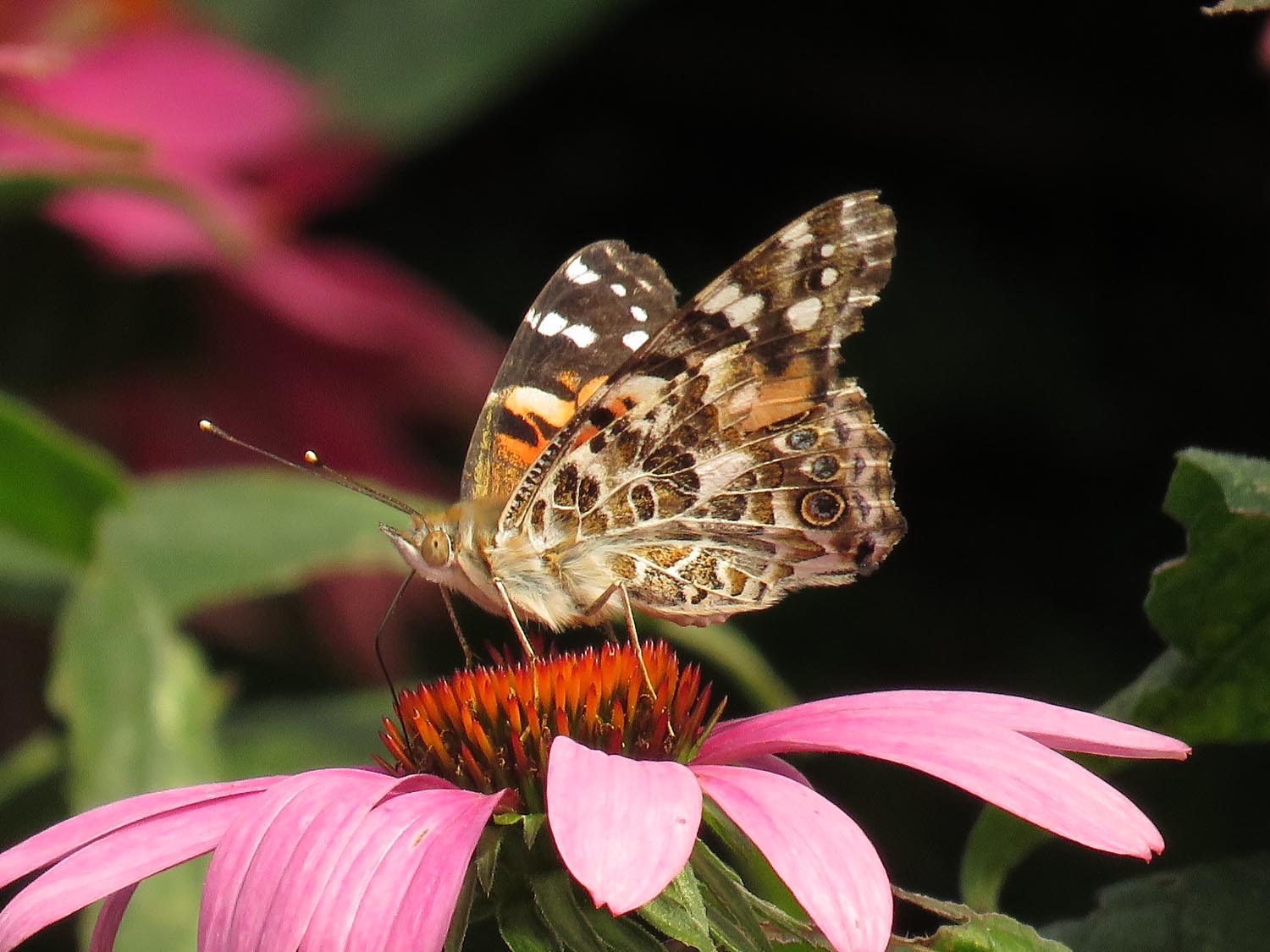A walk around Jamaica Bay Wildlife Refuge becomes a pilgrimage in the late summer, when both the West Pond and the East Pond are visited by some of the most spectacular water birds to be found in New York City.
Glossy ibis, East Pond, JBWR, August 16
My birthday is in mid-August, and each year I try to get to a beach, park or wildlife refuge to photograph what I call my “birthday birdies.” This year, I went to JBWR, one of the most brilliant stars in the Gateway National Recreation Area firmament.
A very confident and vocal northern mockingbird, JBWR, August 16. If I can get a nice photo of a mockingbird on any of my wanderings, I feel as if I’ve struck pictorial gold.
I have a routine for my JBWR jaunts. I take the Far Rockaway A train to the Broad Channel stop, walk across Cross Bay Boulevard to Hamberry’s and buy a sandwich, potato chips and drinks, and then hike north to the JBWR parking lot entrance. After dining al fresco at a picnic table and talking to the squirrels begging for a snack, I begin my trek around the West Pond. Usually I spend some time watching the osprey nest behind the nature center, which is a little too far to get good photographs.
On this birthday trek, I spotted a boat-tailed grackle perched in a tree. On the sides of the path were wild roses and their hips, yucca plants and other marsh flora. I then checked out the pond north of the breach. Happily swimming in the fresh water were ruddy ducks, mallards, great-crested cormorants and mute swans. Above me, common terns, laughing gulls, ringed-billed gulls, herring gulls and great black-backed gulls were dancing their aerial ballets.
Ruddy duck, West Pond, JBWR, August 16
Wild rose, JBWR, West Pond, August 16
Rose hip, August 16
I always check a certain tree for egrets and other herons on my way around West Pond (I once spotted a tri-colored heron on this tree). Sometimes the tree is empty, but on my birthday the tree had sprouted multiple great and snowy egrets.
It doesn’t take much imagination to convince yourself that these egrets sprang full-grown from this tree. August 16
Snowy egret in the “magic tree,” August 16
Mute swan, West Pond, JBWR, August 16
Usually when I’m about halfway around the West Pond, I take a little break on a certain bench that overlooks the pond. In front of me there is a snag tree, denuded by Hurricane Sandy but still standing, that often hosts ospreys, merlins and other raptors. What a delight on my birthday to see a glorious peregrine falcon perched there.
Peregrine falcon, West Pond, JBWR, August 16
I continued to circle the pond, stopping to appreciate a spectacular view of the Manhattan skyline across the bay.
Manhattan skyline, viewed from across the West Pond, JBWR, August 16
I was looking for yellow warblers, which breed at JBWR, and I was not disappointed, for they were flying around. However my attempts to photograph them failed, as they often do, since the birds are fast and my camera is heavy. But imagine my surprise when looking for glimpses of yellow to spy three juvenile yellow-crowned night herons perched in one of the trees.
Juvenile yellow-crowned night herons, August 16
After watching these herons for a while, I trudged on to check out Lady Di’s nest in hopes that I had just missed her my previous visit. When I had last been there, in June, I couldn’t find Lady Di and the nest looked unoccupied. Alas, there was to be no birthday sighting, and my thoughts turned to the wish that my favorite osprey had found another nest and there were baby Lady Di’s somewhere else this year.
Disappointed and mosquito-bitten, I crossed to the east side of Cross Bay Boulevard to visit Big John Pond. It was very quiet there, with very low water levels and one lone young robin to photograph.
American robin, Big John Pond, JBWR, August 16
It was now time for the south end of the East Pond. The water is lowered each year to attract shorebirds and to make it possible to walk along the south edge of the pond. Oh joy! There were glossy ibises, one of my favorite birds. I set up my camera on the monopod and spent a lot of time photographing one particularly photogenic bird.
The ibis was considered a sacred bird by both the ancient Egyptians and Greeks. Mummified ibises have been found in Egypt, and I still remember all the hieroglyphic ibises I saw both times I visited the pyramids in Giza and the Egyptian Museum in Cairo. You can see from the inlay photo from the Metropolitan Museum of Art in New York that this ancient bird has not changed all that much since the god Thoth was depicted in 360 BCE.
Glossy ibis, East Pond, JBWR, August 16
Inlay depicting Thoth as the ibis with a Maat feather, 360–343 BCE, © The Metropolitan Museum of Art
Also brightening my birthday was a nice flock of short-billed dowitchers, the “sewing machines” of the shorebirds. (There are both long-billed and short-billed dowitchers, and I admit I do not have a good reputation for knowing which are which when I see them in the field. I asked the Merlin app for help with these photos, and Merlin said short-billed.)
There were some lesser yellowlegs on the mud flats. (I believe they were lesser yellowlegs, and Merlin said they were lesser yellowlegs. Again, I will admit error if I’m wrong.)
Lesser yellowlegs, East Pond, JBWR, August 16
I did see other birds on my birthday walk, but the ones you see here are the ones that I was able to photograph. There were some rarer birds reported on eBird that day that I never found (for example, a white pelican and a marbled godwit, which were probably at the unvisited north end of East Pond). While I did get some birthday mosquito bites, I didn’t suffer too much. All in all, it was another special JBWR photo jaunt.
At of the time of this posting, the United States government is in a shutdown, which means the national parks are unstaffed and the rangers unpaid. Many national parks have been closed, but to my knowledge Jamaica Bay Wildlife Refuge is open, although the nature center and bathrooms are not accessible. I send good wishes to the remarkable JBWR park rangers, whose dedication ensures that I can see magnificent birds on my birthday, and on every day I visit.





























